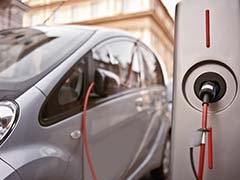European Union To Toughen Emissions Test For Hybrid Cars - Report
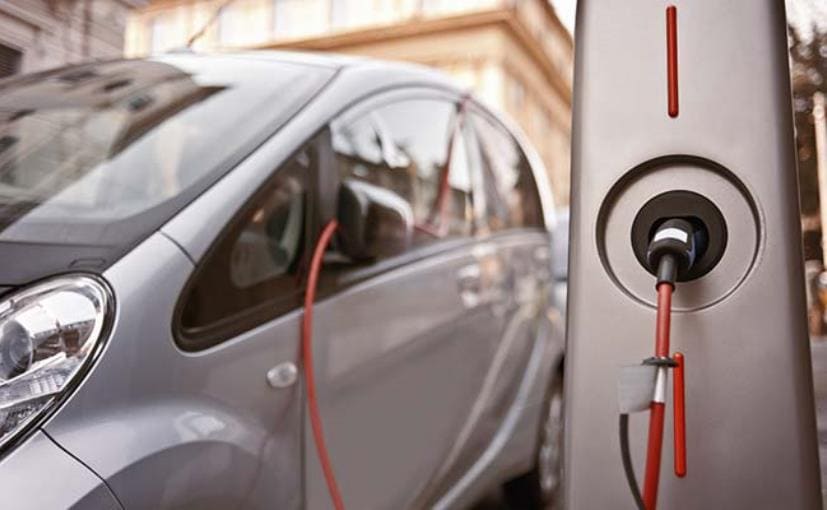
The European Union plans to toughen its method for measuring carbon dioxide emissions from plug-in hybrid cars, two sources familiar with the matter said, after criticism that current tests, yield results up to four times below real-world emissions. The new methodology could mean some carmakers, who in 2021 sold almost as many plug-in hybrids in Europe as they did battery-electric vehicles (BEVs), would need to sell more BEVs to meet EU emissions targets and avoid sizeable fines. The revised test is likely to be enforced from around 2025, the sources said.
Data from fuel consumption meters - which under EU law must be built into new cars from 2021 - will be incorporated into the test, they said. This will show a more realistic picture of how much hybrid cars still rely on their internal combustion engine over the electric battery.
"The utility factor will be changed," Petr Dolejsi, sustainable transport director of the European Automobile Manufacturers Association (ACEA) told Reuters, referring to the average estimate of how far a hybrid drives in electric mode.

Data from fuel consumption meters - which under EU law must be built into new cars from 2021 - will be incorporated into the test.
"We are starting to collect the data from the vehicles...it is an ongoing process."
A European Commission official said an amendment to its Euro 6 pollutant emission implementing rules revising the testing approach - called the Worldwide Light Vehicles Testing Procedure (WLTP) - to determine utility factors based on real-life data from fuel consumption meters was under discussion, but they were not able to give further details.
The amendment would next be discussed by the Motor Vehicle Working Group, consisting of stakeholders from industry, the government, and consumer associations, on Feb. 9, the official said, with a decision expected this year.
Changing the test to better reflect real-world emissions backs the growing consensus among environmental groups and regulators that plug-in hybrids are not as green as once thought and should not be treated equally to battery-electric vehicles when designing policy to encourage electrification.
REALITY VERSUS THEORY
Carmakers, still recovering their image after the 2015 Dieselgate scandal in which some used illegal software to cheat emissions tests, often release the results of their emissions tests at the start of the year. The official figures are not published by the European Commission until later.
Volkswagen, Mercedes-Benz, BMW, and Renault have said that they met their 2021 targets, bolstered by record electric vehicle sales.
Under the WLTP test implemented last year, carmakers pay inspectors to oversee them run a standardised test for all their vehicle types - from internal combustion engine to hybrid to battery-electric. This is done in their labs to come up with a figure for average carbon dioxide emissions per kilometre.

The ICCT studies used actual emissions data from over 100,000 plug-in hybrids from sources like company car databases or consumer fuel-tracking websites.
Targets for 2021 were around 95g CO2/km, varying slightly as each carmaker's target is adjusted depending on the average weight of their vehicles.
The WLTP testing process was designed based on actual data about how and where people tend to drive, from the distance and speed to road type - a significant improvement to the previous test which was based exclusively on theoretical models.
But studies by environmental think-tanks such as the International Council for Clean Transportation (ICCT) show that even the WLTP test is far from reality, particularly for hybrid cars, which rely on the combustion engine about twice as much as test results show.
The ICCT studies used actual emissions data from over 100,000 plug-in hybrids from sources like company car databases or consumer fuel-tracking websites.
Reasons for the ICCT outcome include the fact that plug-in hybrids are charged less often and have a shorter all-electric range than the test assumes. The real-world deviation is even higher for company cars, likely because drivers have less of an incentive to charge the vehicle - a cheaper option than refueling - if they are not themselves paying the price.
While the EU had voted to make it mandatory for carmakers to build fuel consumption meters into their cars from 2021, it was not yet clear whether this data would be incorporated into the emissions tests.
"Emissions have still been falling every year, and that's a real success," Peter Mock, Europe managing director of the ICCT, said. "But the big problem is the hybrids - that's what's deceptive."
(This story has not been edited by NDTV staff and is auto-generated from a syndicated feed.)
Latest News
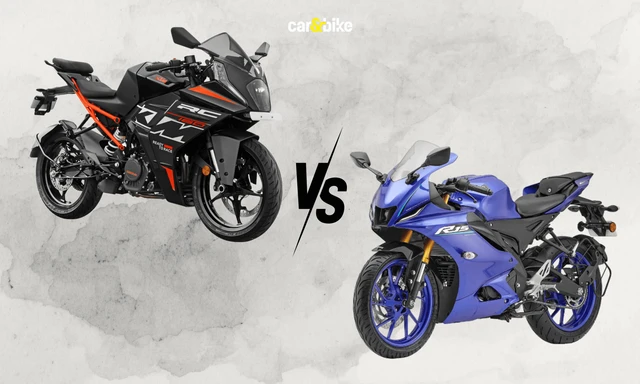 Jafar Rizvi | Jan 9, 2026KTM RC 160 vs Yamaha R15: Specifications, Features, Prices ComparedKTM’s new RC 160 goes head-to-head with the Yamaha R15 in the entry-level sportbike category. Here is how the two fare on paper.1 min read
Jafar Rizvi | Jan 9, 2026KTM RC 160 vs Yamaha R15: Specifications, Features, Prices ComparedKTM’s new RC 160 goes head-to-head with the Yamaha R15 in the entry-level sportbike category. Here is how the two fare on paper.1 min read Amaan Ahmed | Jan 9, 2026Suzuki E-Access Launched At Rs 1.88 Lakh; LFP Battery Promises 95 KM RangeOriginally confirmed for a June 2025 launch, Suzuki's first electric two-wheeler for India has finally arrived almost a year after making its global debut at Auto Expo 2025.3 mins read
Amaan Ahmed | Jan 9, 2026Suzuki E-Access Launched At Rs 1.88 Lakh; LFP Battery Promises 95 KM RangeOriginally confirmed for a June 2025 launch, Suzuki's first electric two-wheeler for India has finally arrived almost a year after making its global debut at Auto Expo 2025.3 mins read car&bike Team | Jan 9, 2026Kawasaki Ninja, Versys Models Offered With Discounts Of Up To Rs 2.50 LakhThe Ninja ZX-10R is offered with maximum benefits, followed by the Ninja 1100SX and Versys 1100.1 min read
car&bike Team | Jan 9, 2026Kawasaki Ninja, Versys Models Offered With Discounts Of Up To Rs 2.50 LakhThe Ninja ZX-10R is offered with maximum benefits, followed by the Ninja 1100SX and Versys 1100.1 min read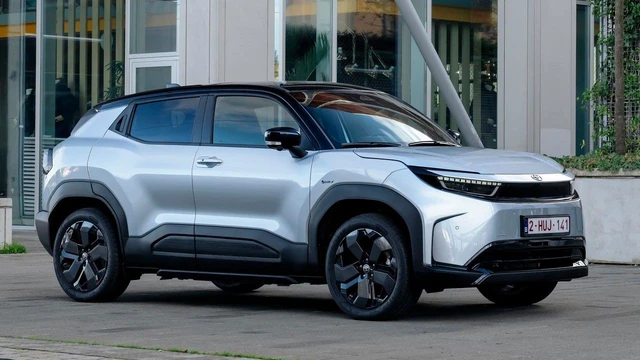 Bilal Firfiray | Jan 9, 2026Toyota Urban Cruiser EV: What To ExpectToyota will be introducing an all-electric vehicle for the first time in India. It is the Toyota-badged version of the soon-to-be-launched Maruti Suzuki e-Vitara, and here’s everything we expect from it.1 min read
Bilal Firfiray | Jan 9, 2026Toyota Urban Cruiser EV: What To ExpectToyota will be introducing an all-electric vehicle for the first time in India. It is the Toyota-badged version of the soon-to-be-launched Maruti Suzuki e-Vitara, and here’s everything we expect from it.1 min read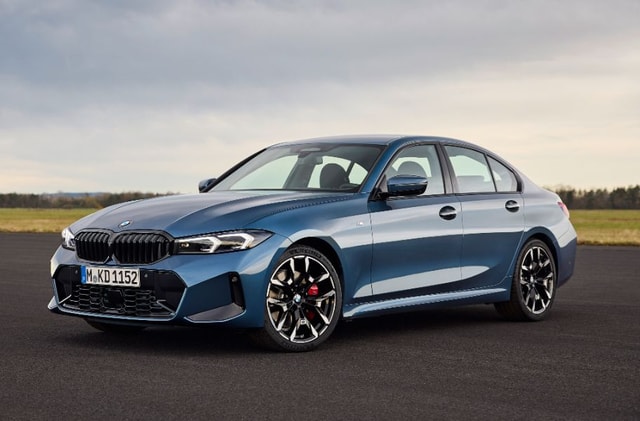 Jaiveer Mehra | Jan 8, 2026Auto Sales 2025: BMW Group India Sold 18,001 Cars And SUVs, Its Highest Ever Yearly FigureCarmaker delivered 17,271 units under the BMW brand and 730 units under Mini.1 min read
Jaiveer Mehra | Jan 8, 2026Auto Sales 2025: BMW Group India Sold 18,001 Cars And SUVs, Its Highest Ever Yearly FigureCarmaker delivered 17,271 units under the BMW brand and 730 units under Mini.1 min read car&bike Team | Jan 8, 2026Suzuki Motorcycle India Achieves 10 Million Production MilestoneThe 10 millionth unit was an Access 125 scooter, which rolled out from Suzuki’s Gurugram plant.1 min read
car&bike Team | Jan 8, 2026Suzuki Motorcycle India Achieves 10 Million Production MilestoneThe 10 millionth unit was an Access 125 scooter, which rolled out from Suzuki’s Gurugram plant.1 min read
 Bilal Firfiray | Jan 9, 2026Toyota Urban Cruiser Hyryder: 10,000 km Long-Term ReviewAfter spending over three months and 10,000 km with the Toyota Urban Cruiser Hyryder Hybrid, we were impressed by its real-world mileage, seamless hybrid, practical comfort, and Toyota reliability. Is it the best C-SUV then?5 mins read
Bilal Firfiray | Jan 9, 2026Toyota Urban Cruiser Hyryder: 10,000 km Long-Term ReviewAfter spending over three months and 10,000 km with the Toyota Urban Cruiser Hyryder Hybrid, we were impressed by its real-world mileage, seamless hybrid, practical comfort, and Toyota reliability. Is it the best C-SUV then?5 mins read Seshan Vijayraghvan | Jan 8, 20262026 Mahindra XUV 7XO Review: Big On Tech, Bigger On ComfortThe new Mahindra XUV 7XO is flashier, feature packed, and comes with more advanced tech. But are the changes just incremental or actually substantial?1 min read
Seshan Vijayraghvan | Jan 8, 20262026 Mahindra XUV 7XO Review: Big On Tech, Bigger On ComfortThe new Mahindra XUV 7XO is flashier, feature packed, and comes with more advanced tech. But are the changes just incremental or actually substantial?1 min read Preetam Bora | Jan 10, 2026Simple One Gen 2 First Ride Review: 265 km Claimed Range!The Gen 2 model of Simple Energy’s first electric scooter gets a fair few updates, including new features, tech, more range and lighter weight. We spent a couple of hours with the Simple One Gen 2 to find out if it manages to impress.6 mins read
Preetam Bora | Jan 10, 2026Simple One Gen 2 First Ride Review: 265 km Claimed Range!The Gen 2 model of Simple Energy’s first electric scooter gets a fair few updates, including new features, tech, more range and lighter weight. We spent a couple of hours with the Simple One Gen 2 to find out if it manages to impress.6 mins read Amaan Ahmed | Jan 3, 2026VLF Mobster 135 300 KM Review: Fun But FlawedA 125 cc scooter with Italian design and Chinese genes is a rare combination, and while some may be tempted to dismiss it because of its origins, the VLF Mobster shows 125s can also be exciting – but not without compromises.11 mins read
Amaan Ahmed | Jan 3, 2026VLF Mobster 135 300 KM Review: Fun But FlawedA 125 cc scooter with Italian design and Chinese genes is a rare combination, and while some may be tempted to dismiss it because of its origins, the VLF Mobster shows 125s can also be exciting – but not without compromises.11 mins read Preetam Bora | Dec 30, 2025TVS Orbiter Review: Real-World Performance and Range TestedThe TVS Orbiter is a promising electric scooter promising decent range, practicality and pricing. But is there any reason to avoid it? We spent a few days getting to know it better.9 mins read
Preetam Bora | Dec 30, 2025TVS Orbiter Review: Real-World Performance and Range TestedThe TVS Orbiter is a promising electric scooter promising decent range, practicality and pricing. But is there any reason to avoid it? We spent a few days getting to know it better.9 mins read
